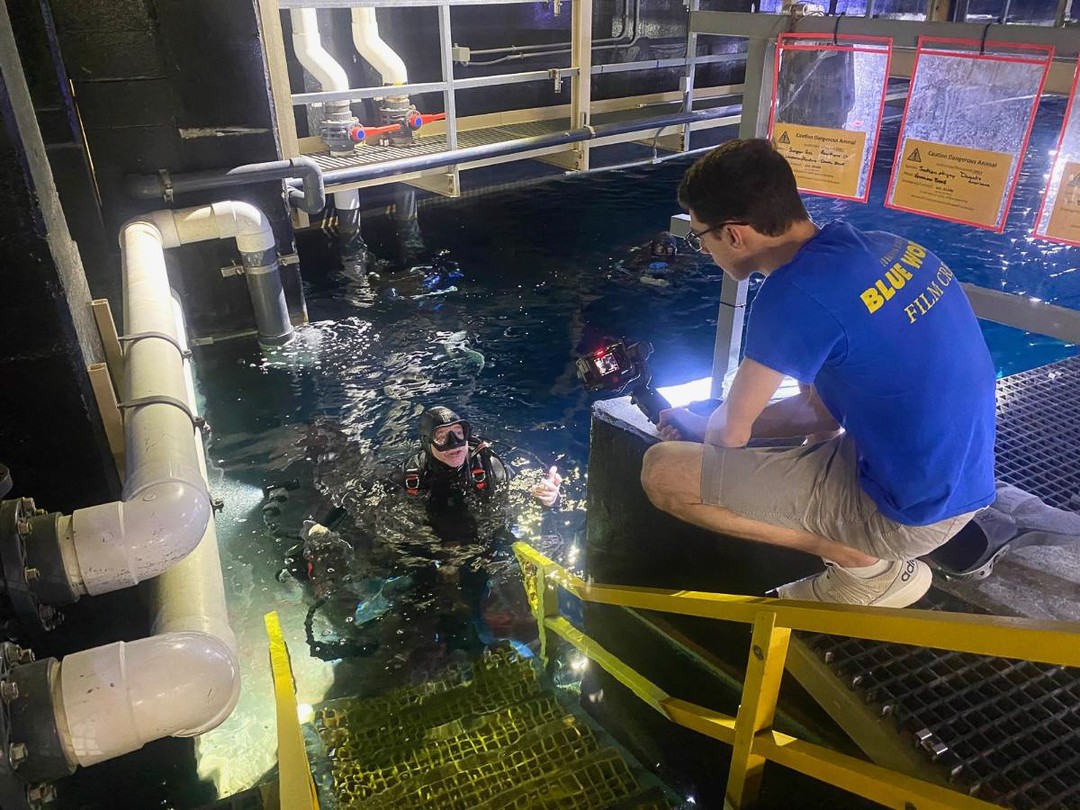- Jonathan Bird as a modern-day Jacques Cousteau, bridging marine exploration with cinematic storytelling for today’s audience.
- Insights into Bird’s film, "Call of the Dolphins 3D," and how it aims to inspire conservation efforts.
- The importance of utilizing advanced filmmaking technology for wildlife conservation and education.
- Comparing historical and contemporary approaches in underwater documentary filmmaking.
- Discussing the role of digital media, including platforms like YouTube and podcasts, in expanding marine conservation awareness.
Jonathan Bird stands out as a prominent figure in contemporary underwater filmmaking. Often compared to Jacques Cousteau in impact and passion, Bird has successfully brought the wonders of the ocean to a new generation. With an engaging approach that resonates well with modern audiences, his work bridges the past and present of marine exploration and conservation. Jacques Cousteau’s pioneering efforts in the 20th century inspired many to care about the underwater world. Bird continues this legacy by adopting contemporary techniques to showcase marine biodiversity and threats facing these ecosystems.
His latest endeavor, "Call of the Dolphins 3D," highlights his commitment to using film as a tool for conservation. Showing at the Tennessee Aquarium IMAX 3D Theater, this film captivates audiences with the intelligence and social structures of dolphins. Bird’s intention is not just entertainment but an awakening to the beauty and complexity of these marine mammals. Dolphins, known for their playful nature and intelligence, have long fascinated scientists and the public alike. Through three-dimensional cinematography, Bird immerses viewers into the dolphins’ habitat, driving a deeper understanding of their lives and the challenges they face due to human activities such as pollution and habitat destruction.
Bird’s pioneering approach involves leveraging advanced technology to enhance the storytelling of oceanic life. High-definition cameras, drones, and other cutting-edge equipment allow filmmakers to capture marine life with unprecedented clarity. This high-quality footage aids in both education and advocacy, providing compelling visuals that can lead to greater public interest and support for marine conservation efforts. By using tools that deliver stunning images of underwater life, Bird ensures viewers gain a rich, often breathtaking visual experience that translates into an increased desire to protect these environments.
The evolution of underwater documentary filmmaking from Cousteau’s era to Bird’s showcases significant advancements in technology and communication. While Cousteau’s work introduced audiences to the mysteries of the ocean using relatively basic equipment and early scuba technology, today’s filmmakers have access to advanced tools that allow them to explore and showcase marine environments with greater accuracy and depth. Filmmakers like Bird benefit from innovations such as portable underwater cameras, drones, and submersibles, enabling them to capture footage in previously inaccessible locations and present these experiences in formats like IMAX and 3D, which bring audiences closer to the undersea world.
Digital media platforms have become crucial for promoting environmental awareness and concern. YouTube, podcasts, and social media channels have emerged as powerful tools for reaching wide audiences efficiently. Bird capitalizes on these platforms to expand his reach beyond traditional television and cinema. By connecting with the YouTube generation, he can engage younger viewers who may not have access to or interest in conventional documentaries. Platforms like "The Podcast Aquatic" provide a space for Bird and other conservationists to discuss critical issues in marine biology, share insights about their work, and inspire listeners to become involved in conservation efforts.
Jonathan Bird’s impact as an underwater filmmaker for today’s digital age lies in his ability to combine technical prowess, cinematic storytelling, and digital outreach to create powerful conservation messages. His films serve as educational resources that not only inform but also motivate audiences to act in preserving our oceans. By merging the legacy of pioneers like Jacques Cousteau with modern technology and media, Bird ensures that marine conservation remains a compelling and urgent topic for audiences worldwide. As Bird continues his work, his contributions will likely have lasting effects on both scientific education and wildlife preservation, emphasizing the ongoing need to protect our planet’s invaluable marine ecosystems.
*****
Source Description
Jonathan Bird is kind of like Jacques Cousteau 2.0, an underwater filmmaker for the YouTube generation. He joins us on the latest episode of The Podcast Aquatic to chat about his newest giant-screen film, Call of the Dolphins 3D, now showing at the Tennessee Aquarium IMAX 3D Theater!
Check the episode out now on all major podcast platforms! Link in our bio! 🎙️


